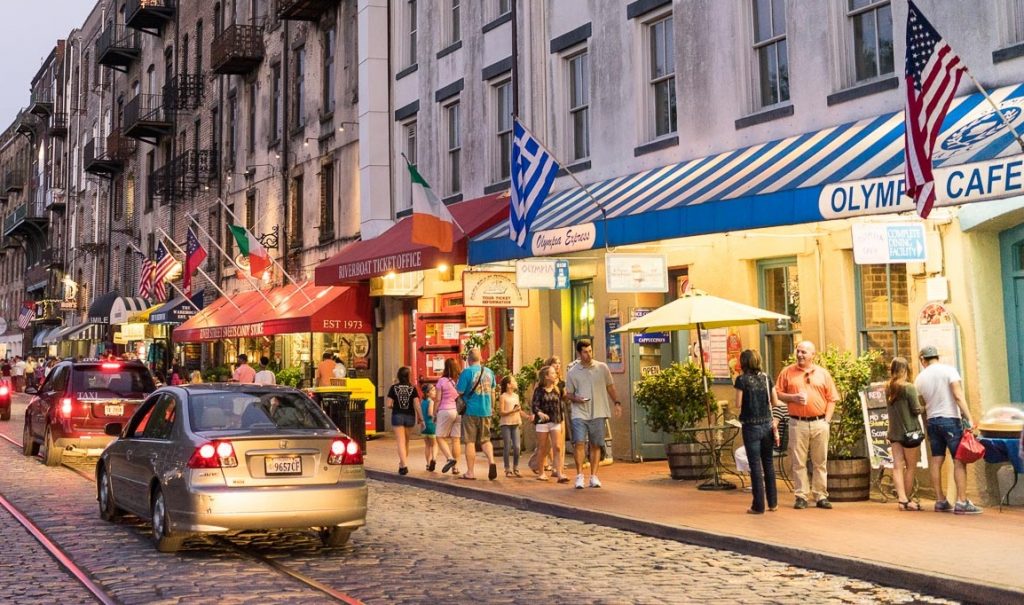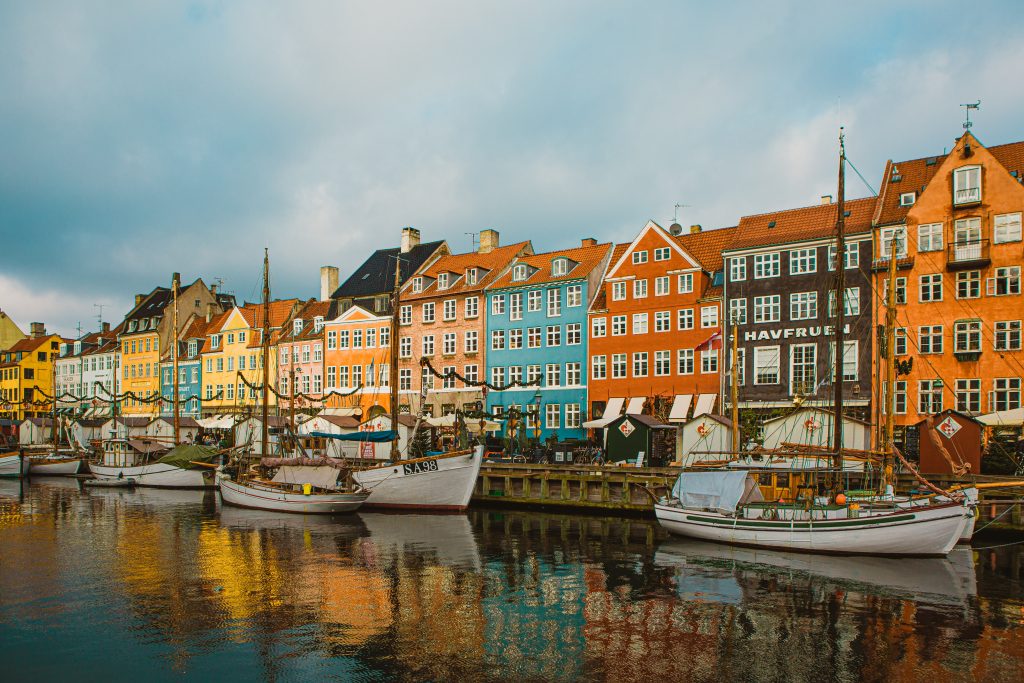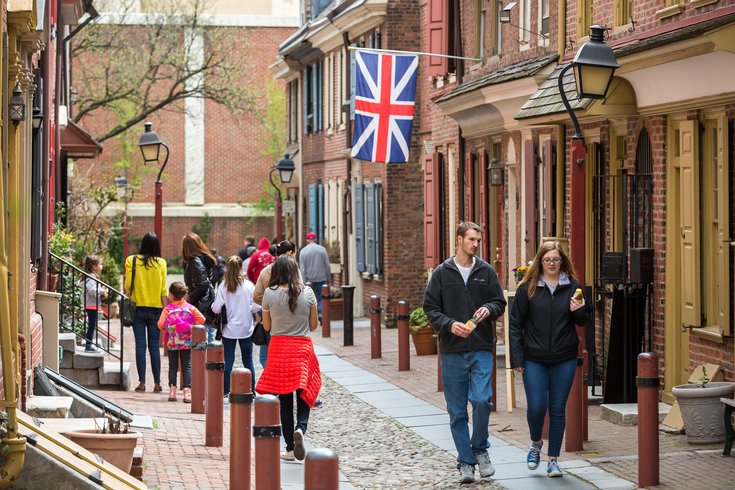What makes a city so desirable? These days it’s a high walking score. Walkable cities have become more and more sought after. The commuting era is on the decline and multi-family homes, work-live spaces, and dual-use properties are on the rise.

A Brief History
Walkable communities have existed long before our time. Before any form of transportation, cities were built using a grid system, with a good mix of business and residential, and ensuring walking paths were clear and structured. As transportation evolved, our cities had the opportunity to grow and sprawl. This led to the development of suburban neighborhoods, essentially killing the walkability of a neighborhood. But growing cities means increased drive times, an increase in air pollution, and a decrease in our physical health. The more we grow, the more we realize small is better.
What are the benefits?
The pros outweigh the cons when talking about walkable cities. From health to our environment, to stimulating our economy, so many aspects of life can benefit from a carless community.
Having your necessities available by foot not only gives you the recommended daily amount of exercise but also helps small businesses by having an increase in foot traffic. Getting rid of the daily commute also allows for more personal time, a happier overall mood, and a healthier quality of life. This, of course, leads to a decrease in air pollution from fewer cars and allows the city to save money on road development and upkeep.
How to Properly Scale
There are a lot of aspects to keep in mind when thinking about how to properly scale a walkable city. Some of the most important to keep in mind are –
- Accessibility and Walkway Conditions – Maintaining a safe, clear, and continuous path for pedestrians, bikes, and handicapped needs.
- Public Transportation – Have affordable and easy-to-navigate public transportation to allow access to further parts of the city.
- Business and Building Maintenance – Upkeep of businesses and homes is essential to keep areas desirable and safe to walk in.
- Mixed Zoning
- Community Support – A community with a desire to support small businesses and make use of a walkable neighborhood.

Our Ideal Walkable Cities
We would love to build communities that are well planned, safe, and include a variety of parks with mixed zoning. Here are a few examples of cities that we think are ideal for walking.
- Savannah, GA – We love the pathways and strong downtown area Savannah has created. They have also maintained a safe environment for walking at all hours of the day. The design has incorporated beautiful parks throughout the city that provide scenery and provide a desirable space to walk in.
- Philadelphia, PA – Philadelphia has quite a few neighborhoods with a high walkability score. We think this city is ideal because of the scenic walking paths and how each neighborhood maintains a small community feel while still offering access to all you need on foot.
- Portland, OR – Portland also makes our list because of the great public transportation and the amazing downtown area with an incredible walking score of 98!
- Copenhagen, Denmark – Copenhagen was built with pedestrians as the priority. As they continue to grow, Copenhagen has taken measures to improve the walkability of the city. They make streets for pedestrians only, they limit parking lots and provide bikes as a way of public transportation.

Walkable cities and communities may not be for everyone. There tends to be a lack of personal space and it could also cause some areas to become overpopulated. But, we believe that, if done correctly, cities and communities of all sizes could have strong downtown areas that encourage people to drive less. Thus promoting the growth of small businesses and healthier lifestyles!

YOUR COMMENT